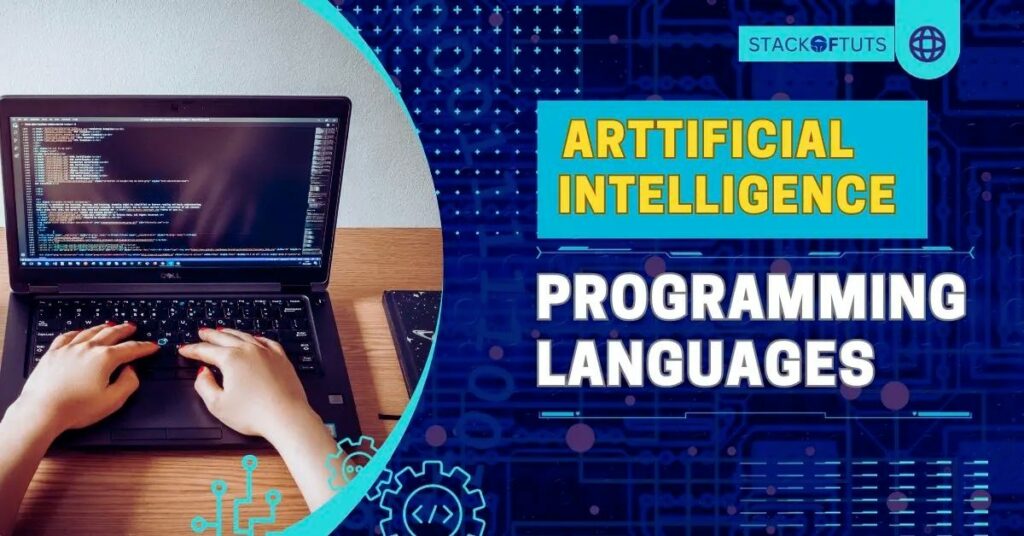
The landscape of literature and academic research is undergoing a remarkable transformation, thanks to the advent of AI-powered tools. These sophisticated technologies are redefining the boundaries of creativity and efficiency in literary pursuits and academic studies. These tools are indispensable for modern writers, researchers, and academics, from automating mundane tasks to offering deep analytical insights. This article aims to explore all about the top AI-powered tools in literature and academic research, highlighting their unique features and the profound impact they have on these fields.
Top 10 AI-powered tools for literature

In the realm of literature, AI-powered tools are revolutionizing the way writers, researchers, and professionals engage with text. These tools, leveraging machine learning and AI algorithms, offer assistance in various literary tasks such as content generation, research, and editing. They are crucial in today’s information-rich world, providing precision and efficiency in sifting through literary content. This greatly improves productivity and allows for more in-depth analysis. These AI tools ensure that literary works are crafted with the highest quality, transforming the traditional approaches to literature.
Here is the list of the top 10 AI-powered tools for literature as mentioned in the content:
- Research Rabbit
- Scholarcy
- Semantic Scholar
- Iris.ai
- Scite
- Trinka
- Elicit
- QuillBot
- Grammarly
- Jasper.ai
If you’re eager to delve deeper and broaden your understanding, I encourage you to read further on this topic.
Top AI tools to empower your academic research

AI tools for academic research have significantly transformed the way researchers conduct their studies. These tools, powered by artificial intelligence, assist in various tasks such as literature reviews, data analysis, grammar checking, citation tracking, and summarizing vast texts. They provide quick access to a large volume of data, offer analytical insights, enhance writing quality, and streamline the research process. The use of AI tools in academic research leads to more efficient literature reviews, more accurate data analysis, improved academic writing quality, and fosters collaboration and information sharing among researchers.
Here is a list of top AI tools that are empowering academic research:
- Google Scholar
- Scite
- Trinka
- Elicit
- Scholarcy
10 best AI-free tools for literature

From aiding in content creation, editing, and summarization to facilitating research and data collection, these AI tools are designed to enhance productivity, creativity, and efficiency for writers, researchers, and literature enthusiasts. They represent a significant leap in how literature can be approached in the digital age, blending technology with the art of storytelling and research.
Here is the list of the 10 best free AI tools for literature as mentioned in the article:
- ChatGPT
- Notion AI
- Scalenut
- QuillBot
- Wordtune
- Consensus
- Mendeley
- Research Rabbit
- Semantic Scholar
- Writerly
What is the most common language used for writing artificial intelligence?

The domain of artificial intelligence (AI) heavily relies on programming languages to create and manage AI systems. Among these, Python emerges as the most popular choice due to its extensive library support, user-friendly syntax, and robust community. This language is favored for AI tasks because of its ease in debugging, efficient prototyping, and ability to handle complex AI models. Other notable languages in the AI space include Java, known for its platform independence and multi-threading capabilities; C++, offering high performance and control over system resources; R, preferred for statistical computing and data analysis; and Julia, acclaimed for its speed in mathematical computations. Each of these languages contributes uniquely to AI development, catering to different needs and offering diverse advantages and challenges.
Common languages used for AI development:
- Python
- Java
- C++
- R
- Julia
Machine learning vs AI which is better

In the debate between Machine Learning (ML) and Artificial Intelligence (AI), each holds distinct advantages. AI, with its broad scope, aims to mimic human intelligence, excelling in complex, diverse tasks like decision-making and language processing. ML, a subset of AI, specializes in learning from data to improve systems without direct programming. The effectiveness of either depends on the context; AI is versatile and complex, while ML offers precision and efficiency in data-driven scenarios.